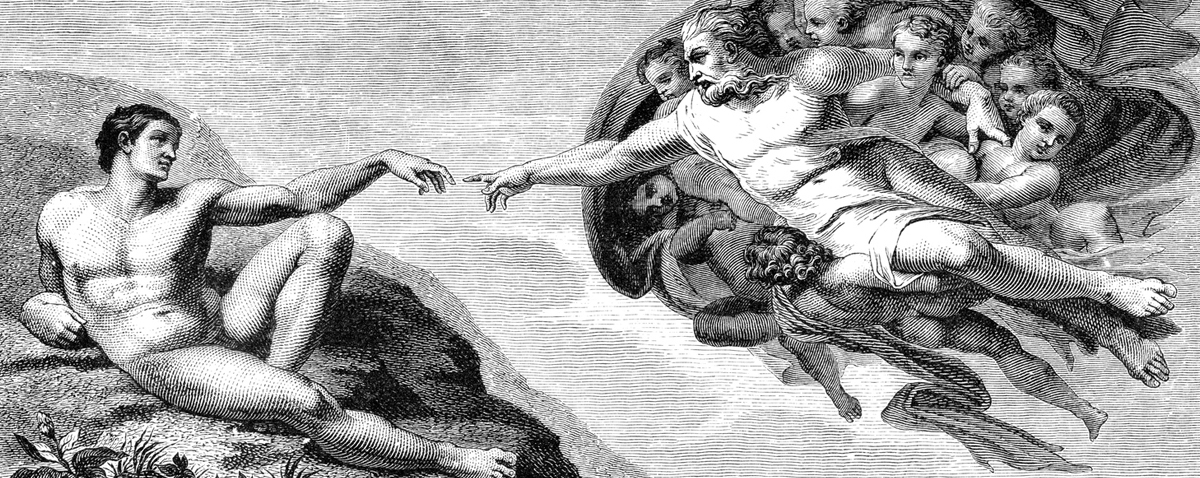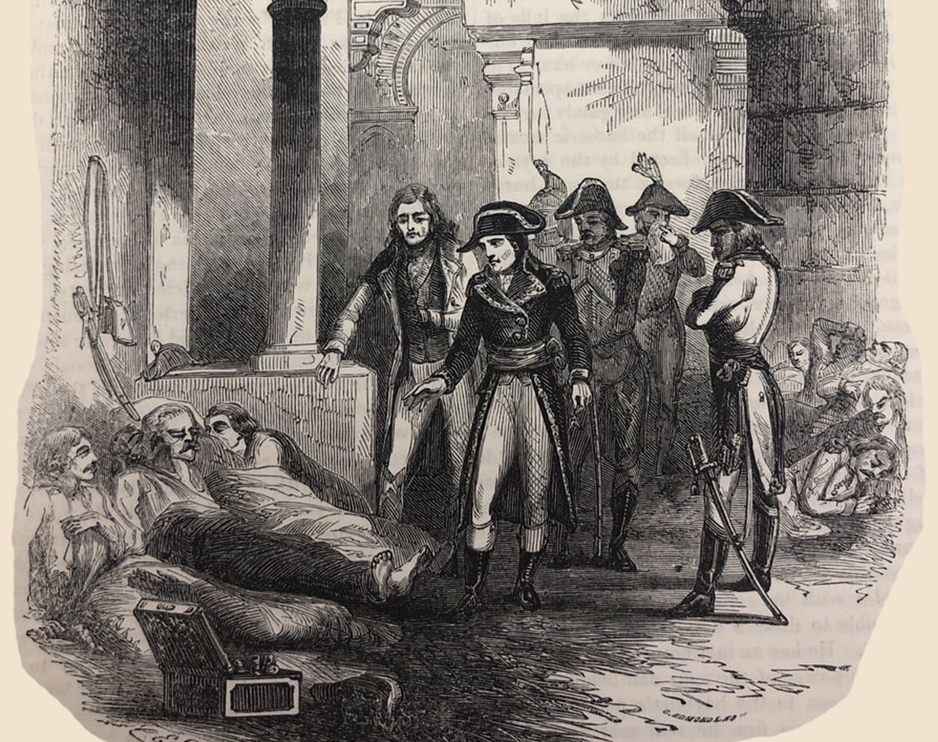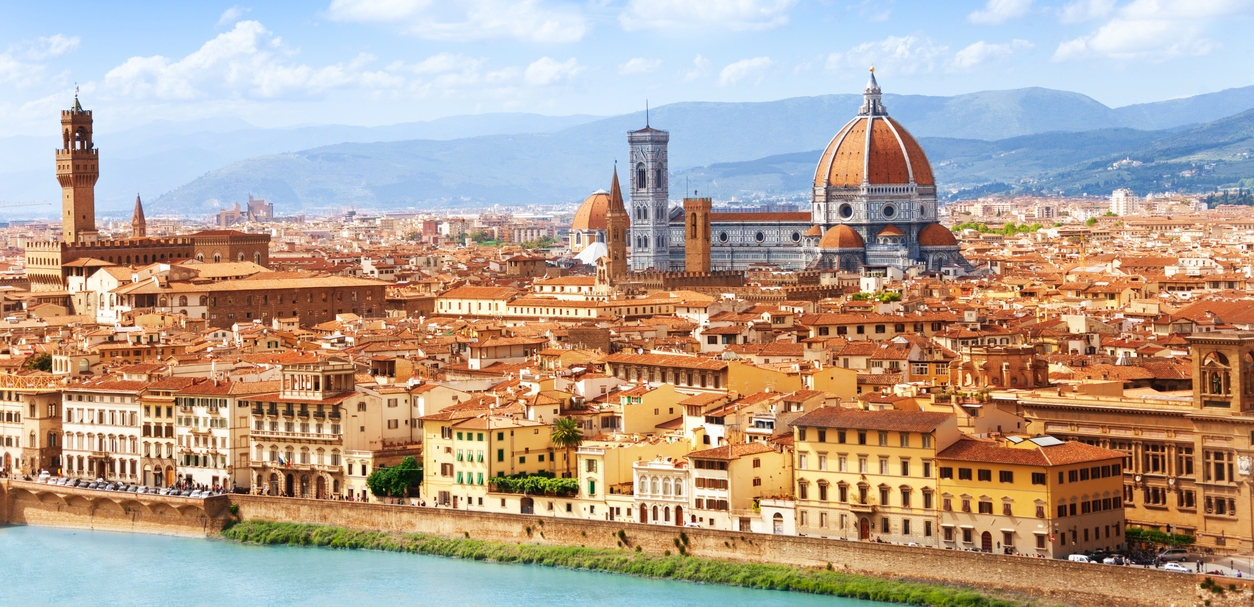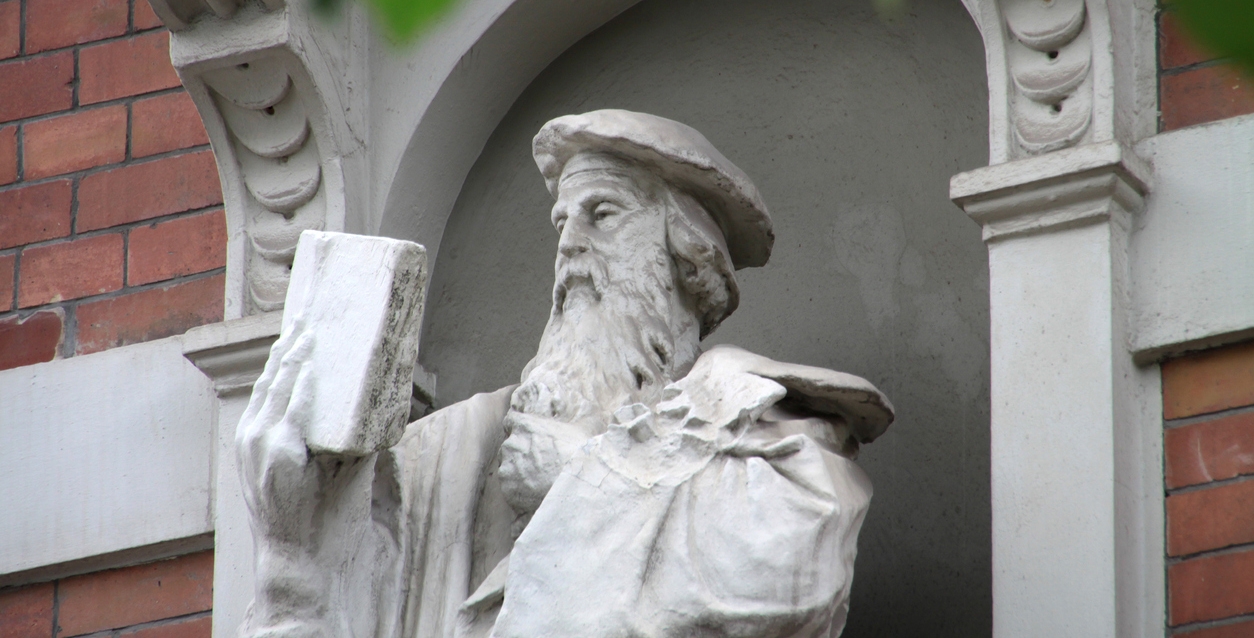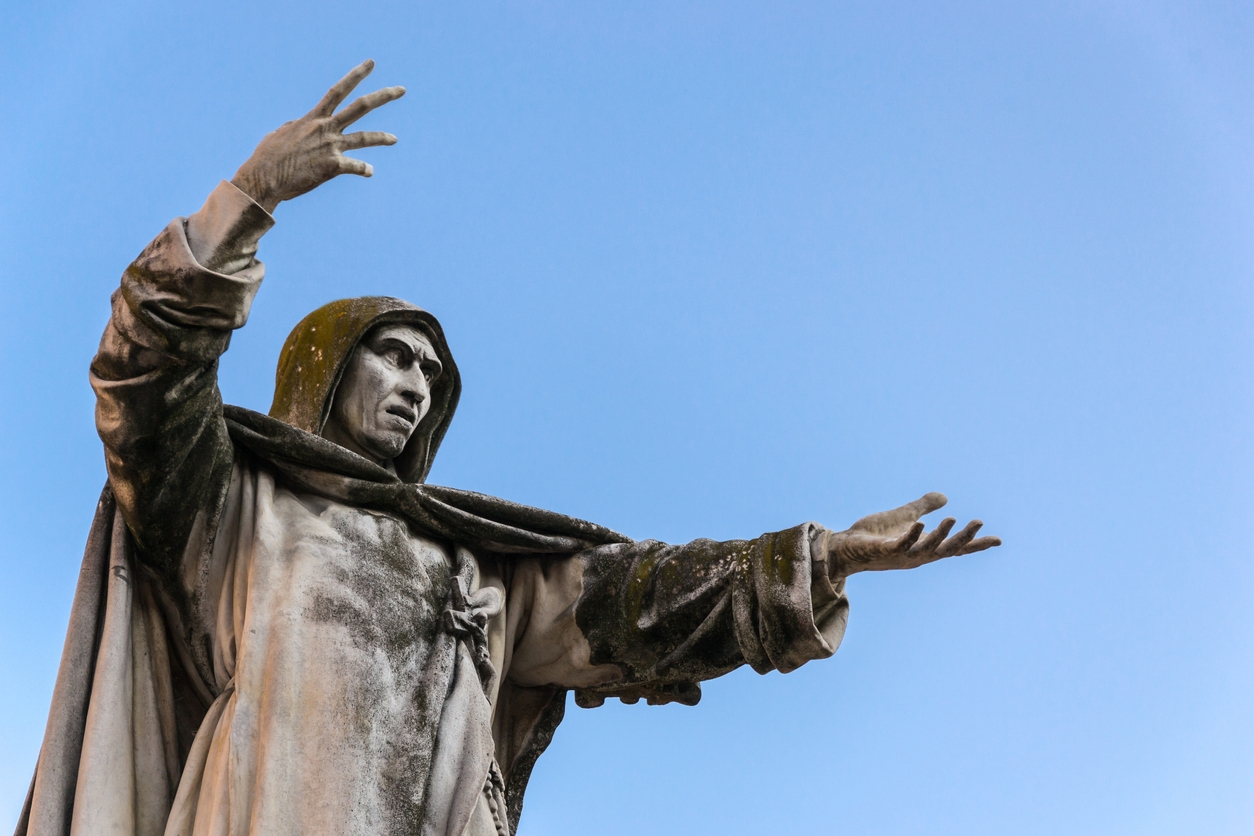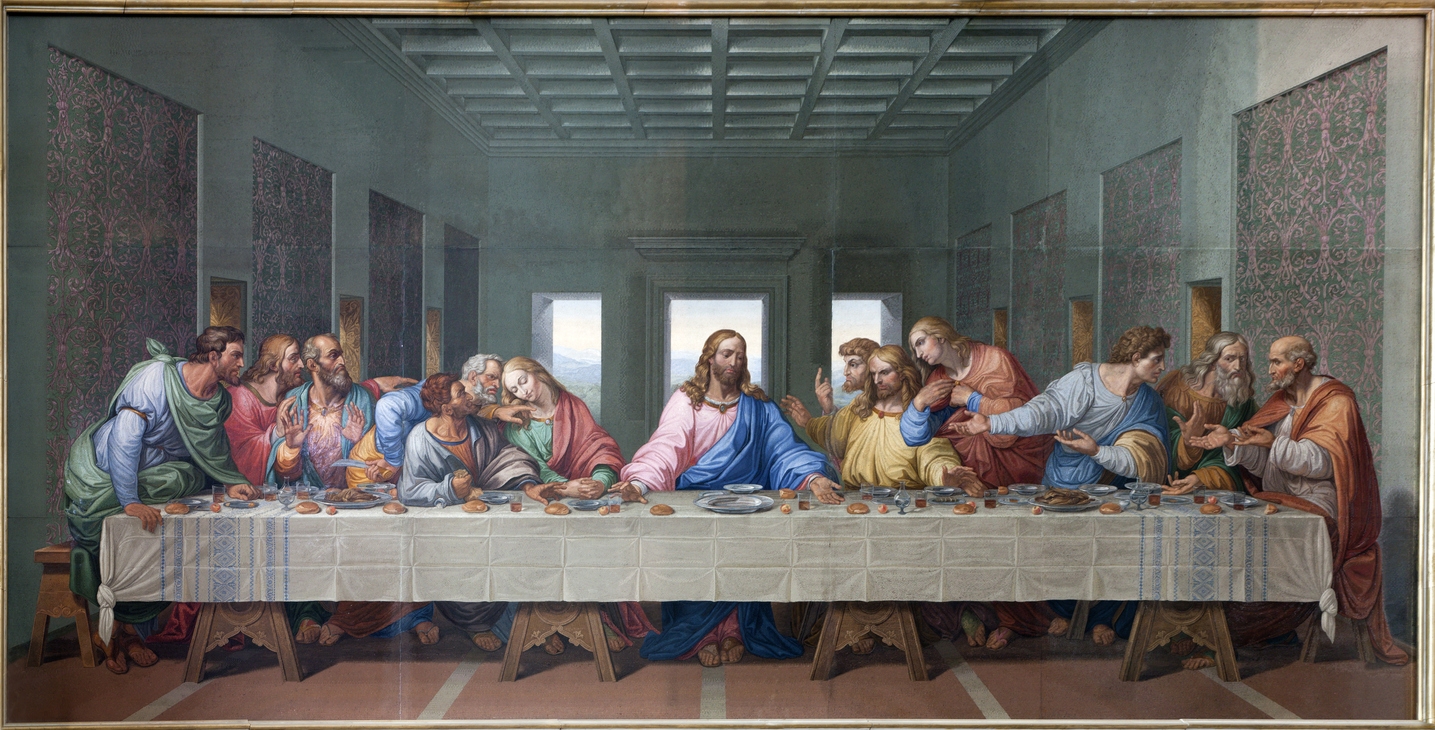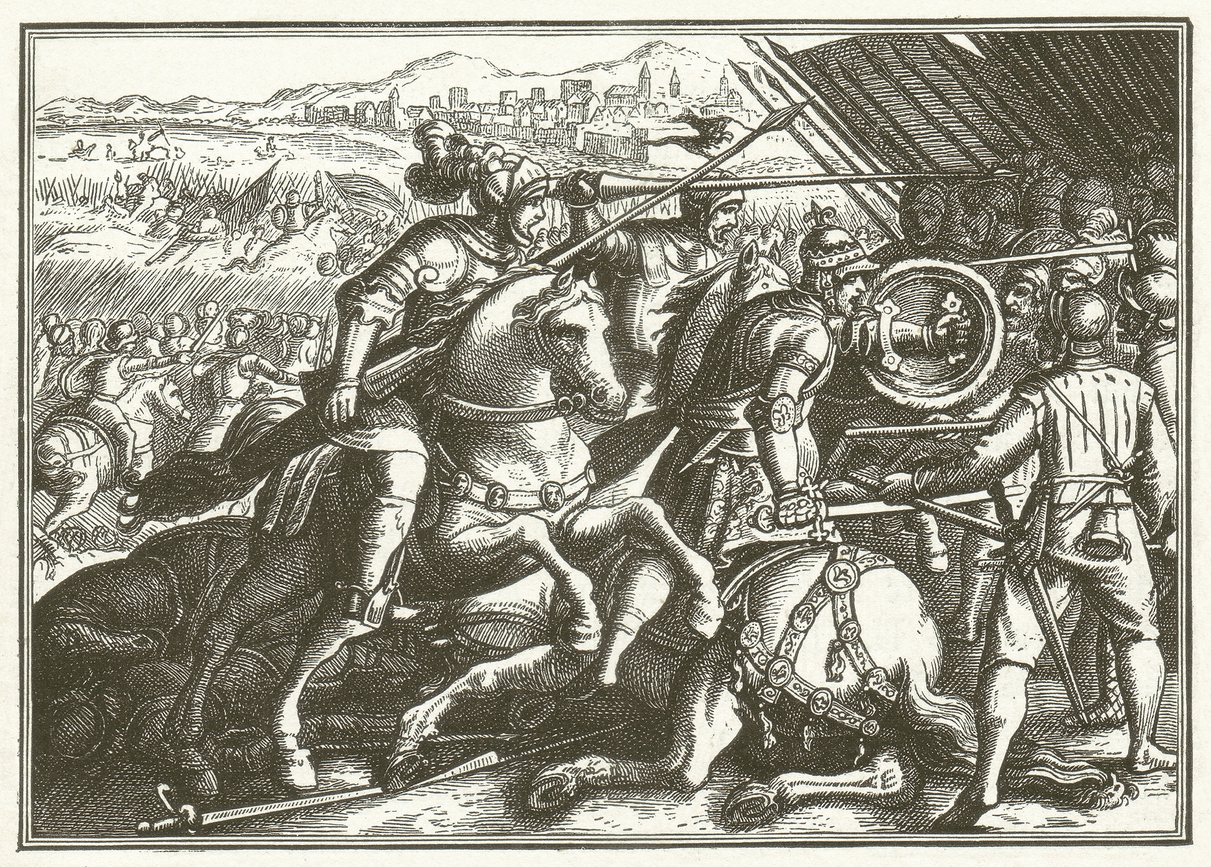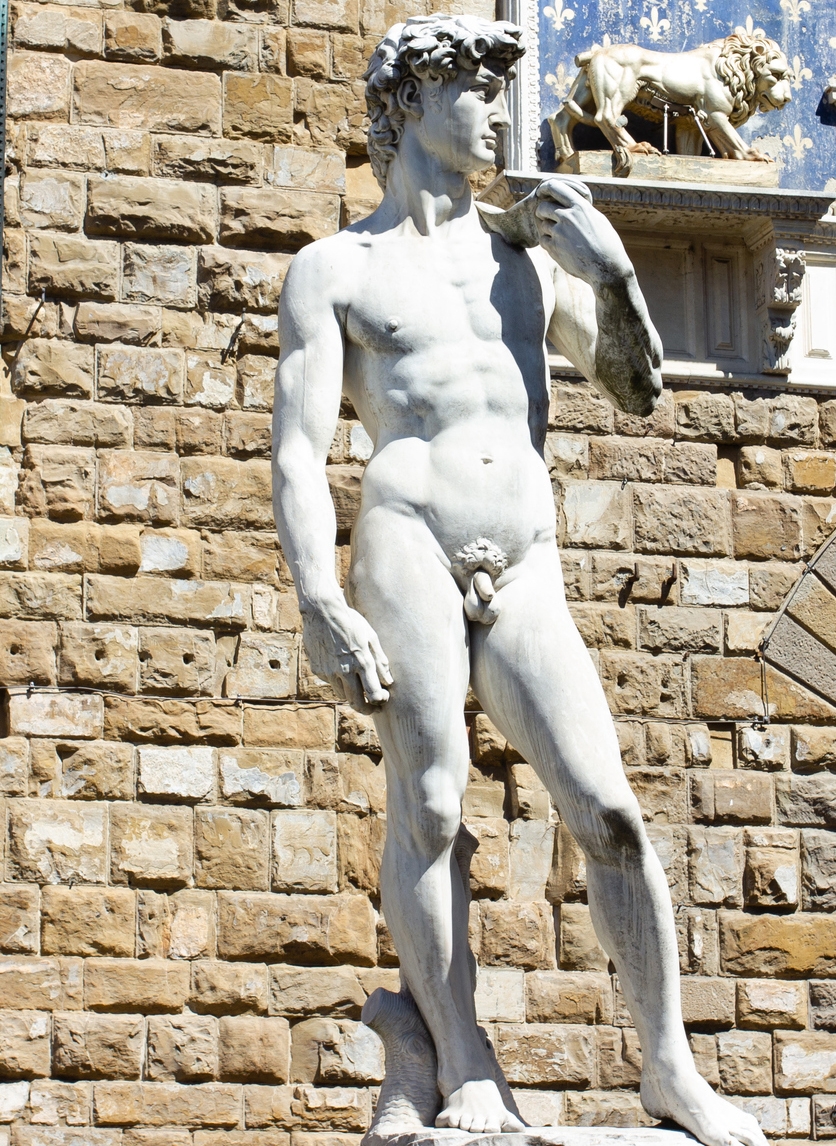Table of Contents
Background
Renaissance was a period in European civilization that followed the Middle Ages and is conservatively held to have been branded by a flow of interest in Classical scholarship and ideals. The era also saw the discovery and exploration of new continents, the adoption of the Copernican system of astronomy in place of the Ptolemaic system, the abolition of the feudal system, the expansion of trade, and the development or use of significant innovations like paper, printing, gunpowder, and the mariner’s compass. However, after a protracted period of cultural decline and stagnation, the Renaissance era was primarily seen by scholars and philosophers of the time as a time of the restoration of Classical learning and wisdom. [1]
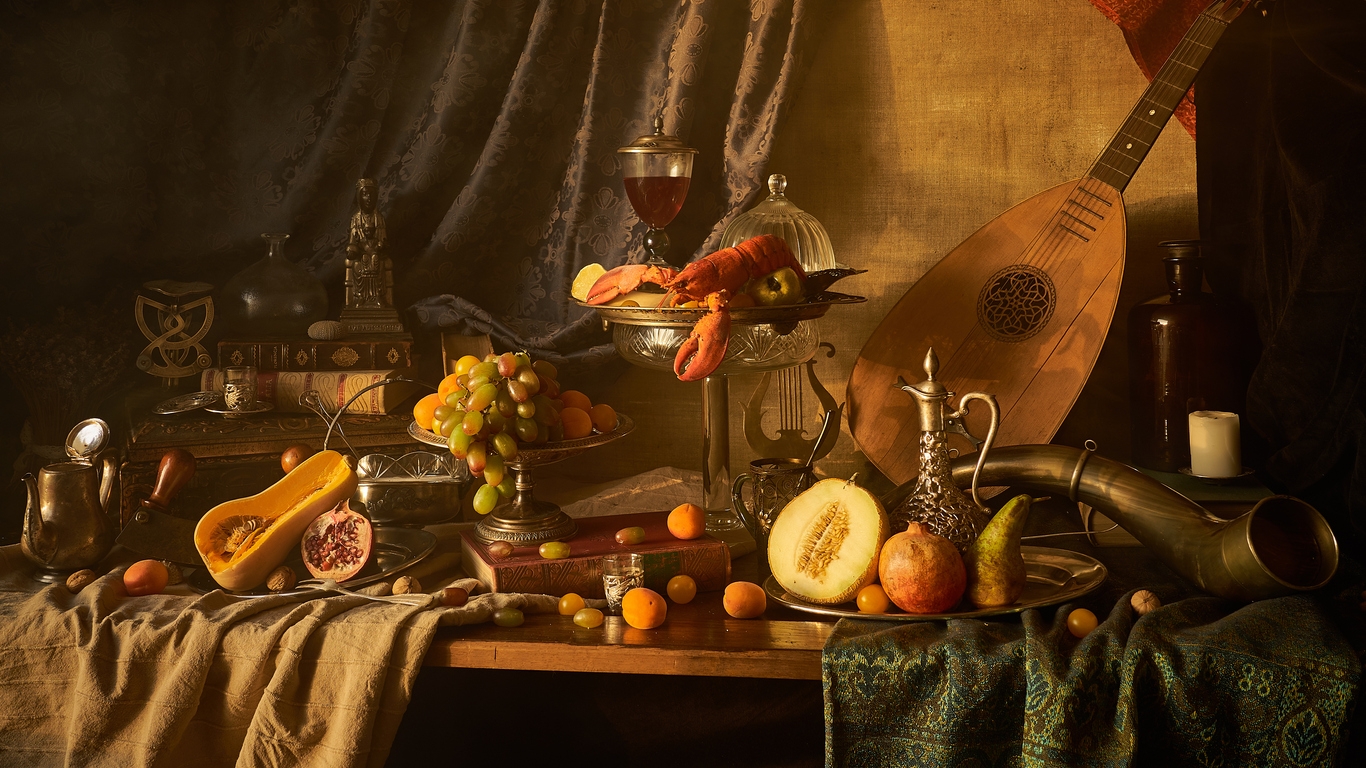
classic renaissance style still life
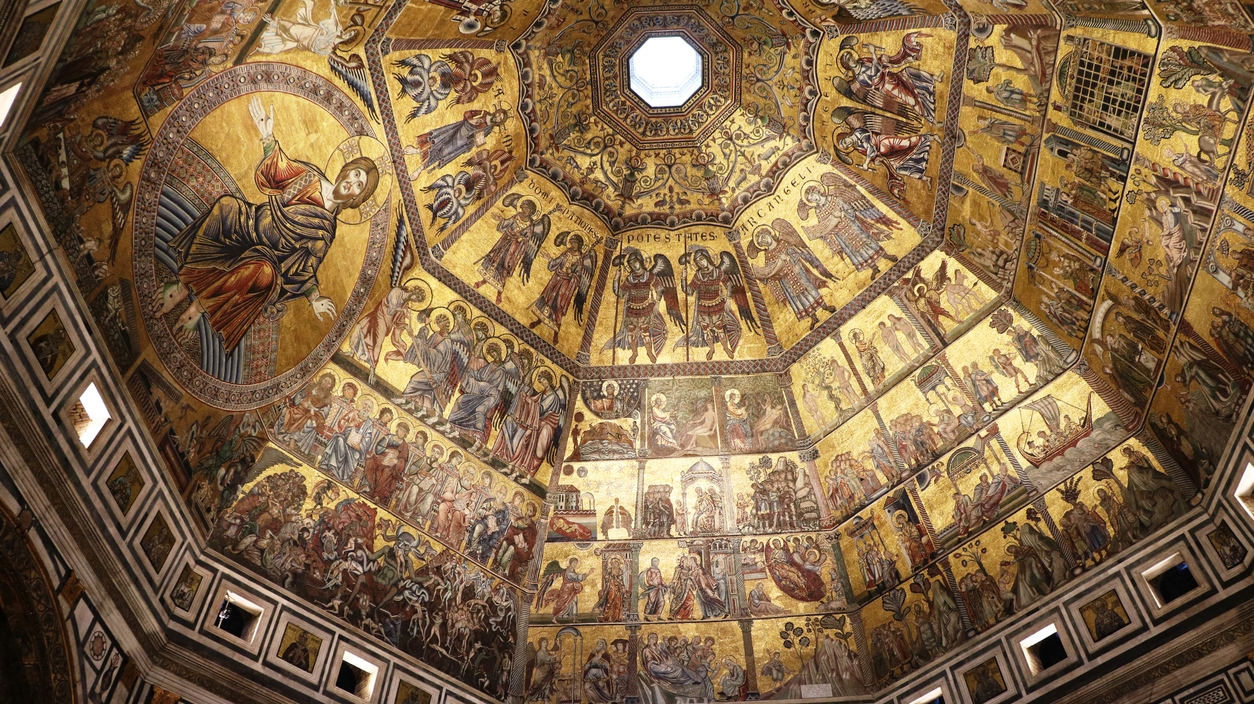
Dome of Baptistery San Giovanni, Florence Italy
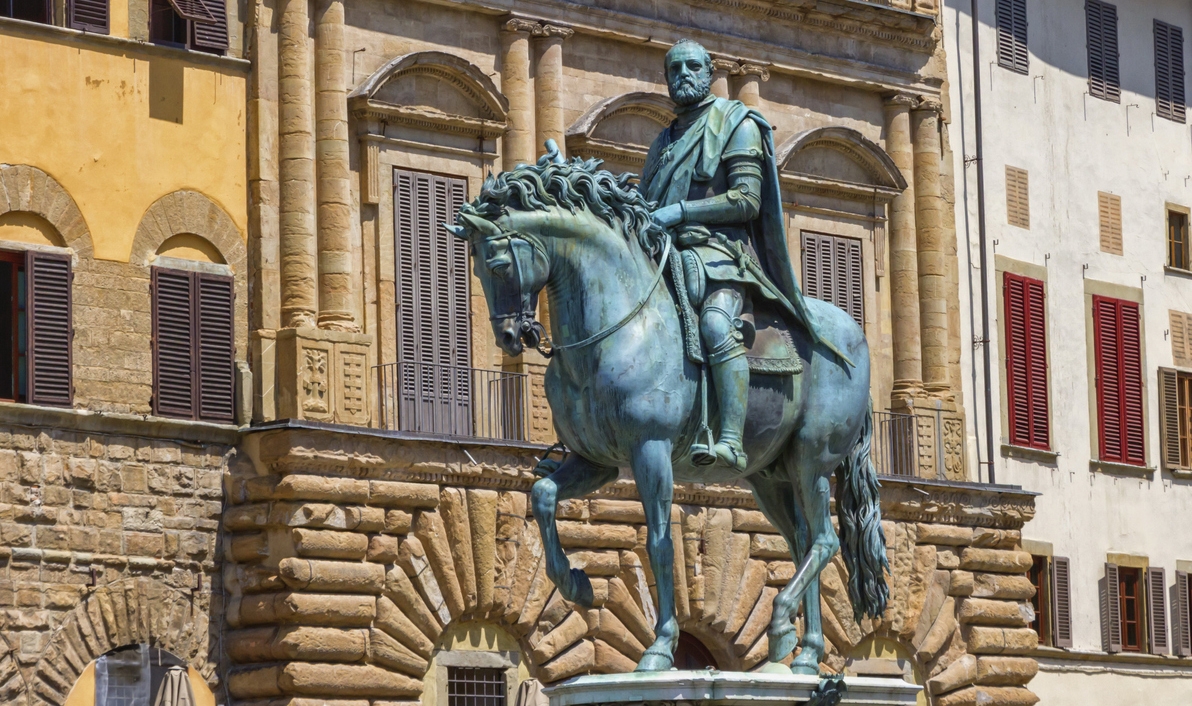
Equestrian statue of Cosimo I in Signoria Square of Florence by day, Italy
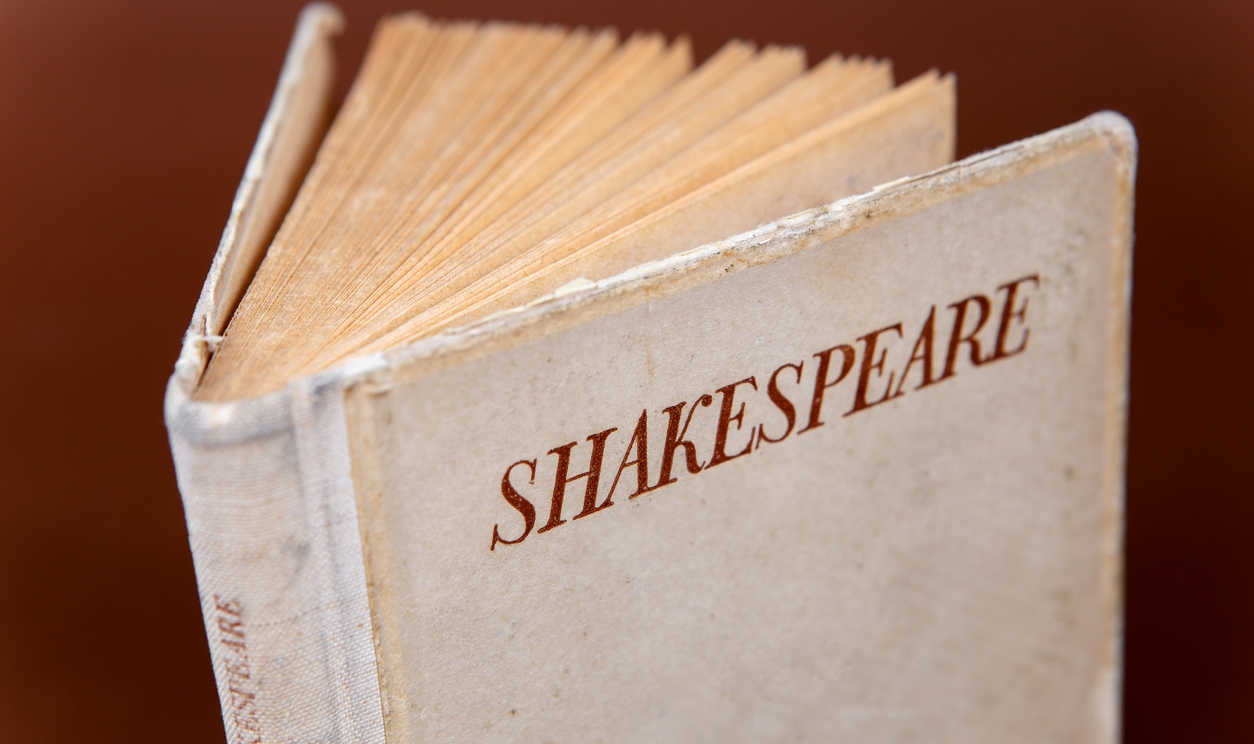
a book of Shakespeare
The term “renaissance” is a French word that means rebirth in English. Generally, the period symbolized the start of a new era of art, rebirthing the classical models of Ancient Greek and Rome epochs while utilizing the modern technique. [2] If you are looking into learning more about this period in history, we are here to help you. In this post, we are giving you a timeline of the Renaissance era, along with the key events that occurred during those times.
The Renaissance Era Timeline
The infographic below shows the different periods in the Renaissance era and the important events that happened.
Before 1400: The Black Death and the Rise of Florence
The Black Death started devastating Europe in 1347. [3] After 12 ships from the Black Sea arrived at the Sicilian port of Messina, the bubonic plague outbreak spread around the world. The majority of the sailors on board had perished, and those who were still alive had severe illnesses and were covered in pus- and blood-oozing black boils. The fleet of “death ships” was swiftly ordered out of the harbor by the Sicilian government, but it was already too late. Over the course of the following five years, the Black Death claimed the lives of over 20 million people in Europe or about one-third of the continent’s population. [4]
Ironically, despite the fact that the epidemic killed a significant portion of the populace, it improved the economy and allowed affluent people to profit from art and exhibition as well as engage in secular scientific research. Francesco Petrarch, an Italian poet who is known as the founder of the Renaissance, passed away in 1374.
By the end of the century, Florence became the center of the Renaissance. A teacher named Manuel Chrysoloras was invited to teach Greek in Florence in 1396, wherein he brought a copy of Ptolemy’s “Geography” with him. After a year, Giovanni de Medici, an Italian banker, founded the Medici Bank in Florence. He established the wealth of his art-loving family for centuries to come.
1400 – 1450: The Growth of Rome and the de Medici Family
At the start of the 15th century, Leonardo Bruni offered his Panegyric to the City of Florence, describing a place where freedom of speech, equality, and self-government reigned. In 1401, Lorenzo Giovanni, an Italian artist, was awarded a commission to create bronze doors for the baptistery of San Giovanni in Florence. Filippo Brunelleschi and sculptor Donatello, on the other hand, traveled to Rome to start their 13-year stay sketching. They studied and analyzed the ruins in Rome. In the same year, the first painter of the early Renaissance named Tommaso di Ser Giovanni di Simone or known as Masaccio was born. [3]
In the 1420s, the Catholic Church’s unified Papacy made a triumphant return to Rome and began a massive expenditure on art and architecture there. In 1447, Pope Nicholas V was appointed, and this custom saw major rebuilding. Francesco Foscari became Doge in Venice in 1423, where he would commission art for the city.
In 1429, Cosimo de Medici inherited the Medici bank and started his rise to great power. Textual criticism was used by Lorenzo Valla in 1440 to expose the Donation of Constantine as a forgery. It was a document that had given huge swaths of land to the Catholic Church in Rome. This was among the classic moments in European intellectual history. Bruneschelli died in 1446. Francesco Sforza became the 4th Duke of Milan in 1450 and founded the powerful Sforza dynasty.
During this period, some of the works include the “Adoration of the Lamb” (1432) by Jan van Eyck, the essay on perspective titled “On Painting” (1435), and “On the Family” (1444), both by Leon Battista Alberti. The latter was used to deliver a model for what Renaissance marriages should be. [3]
1451 – 1475: Birth of da Vinci and the Printing Press
Leonardo da Vinci, the popular artist, humanist, scientist, and naturalist, was born in 1452. The Ottoman Empire conquered Constantinople in 1453, which compelled many Greek thinkers and their works to move westward. In the same year, the Hundred Years War concluded, and it brought solidity to northwestern Europe.
In 1554, Johannes Gutenberg published the Gutenberg Bible using a new printing press technology that would transform European literacy. This was one of the key events in the Renaissance era. In 1469, Lorenzo de Medici, known as “The Magnificent,” took over power in Florence. His rule was considered the high point of the Florentine Renaissance. In 1471, Sixtus IV was appointed Pope. He continued the major building projects in Rome, which included the Sistine Chapel.
Some of the important artistic works from this period include the “Adoration of the Magi” (1454) by Benozzo Gozzoli and “The Agony in the Garden” (1465), which the competing brothers-in-law Giovanni Bellini and Andrea Mantegna each produced their own versions. From 1443 to 1452, Battista Alberti published “On the Art of Building.” In 1470, Thomas Malory wrote “le Morte d’Arthur.” Marsilio Ficino, in 1471, completed his “Platonic Theory.” [3]
1476 – 1500: The Era of Exploration
The Age of Exploration occurred in the last quarter of the 16th century, and it witnessed an explosion of essential sailing discoveries. Some of the important events include the rounding of the Cape of Good Hope in 1488 by Bartolomeu Dias, Columbus reaching the Bahamas in 1492, and Vasco da Gama reaching India in 1498. Italian master architects traveled to Russia in 1485 to aid in the rebuilding of the Kremlin in Moscow.
In Florence’s Dominican House of San Marco, run by the de Medicis, Girolamo Savonarola was appointed prior in 1491. Beginning in 1494, he started preaching reform and becoming the de facto leader of Florence. In 1492, Rodrigo Borgja was appointed by Pope Alexander VI. This was a rule that was considered broadly corrupt. In 1498, he had Savonarola excommunicated, tortured, and killed.
From 1494, the Italian Wars involved most of the major states of Western Europe in a series of conflicts. It was also the year the French king Charles VIII invaded Italy. In 1499, the French went on to conquer Milan and facilitated the flow of Renaissance art and philosophy into France.
Some of the artistic works in this period include the “Primavera” (1480) by Botticelli, the “Battles of the Centaurs (1492) relief and the “La Pieta” (1500) painting by Michelangelo Buonarroti, and the “Last Supper” (1498) by Leonardo da Vinci. It was also in this period when Martin Behaim made “the Erdapfel” or earth apple or potato, which was the oldest-surviving terrestrial globe, from 1490 and 1492.
One of the important writings in this period include the “900 Theses” by Giovanni Pico della Mirandola. These are interpretations of ancient religious myths for which he was branded a heretic but survived due to the Medici’s support. “Everything About Arithmetic, Geometry, and Proportion” (1494) was written by Fra Luca Bartolomeo de Pacioli. It included a discussion of the Golden Ratio and also taught da Vinci how to calculate proportions mathematically. [3]
1501 – 1550: Politics and the Reformation
Political developments had an impact on and were impacted by the European Renaissance by the first half of the 16th century. When Julius II became pope in 1503, the Roman Golden Age officially began. In 1509, Henry VIII became the ruler of England, while in 1515, Francis I became the ruler of France. Charles V, the last emperor to be so anointed, seized power in Spain in 1516 and was crowned Holy Roman Emperor in 1530. Suleiman “the Magnificent” assumed control of the Ottoman Empire in 1520.
The French claims on Italy ended after the 1525 Battle of Pavia took place between France and the Holy Roman Empire. Charles V’s armies took control of Rome in 1527, preventing Henry VIII from nullifying his union with Catherine of Aragon.
The year 1517, in philosophy, saw the start of the Reformation. It was a religious schism that permanently divided Europe spiritually and was influenced heavily by humanist thinking. Between 1505 and 1508, printmaker Albrecht Dürer made his second trip to Italy. While living in Venice, he created a number of paintings for the German immigrant community. Rome’s St. Peter’s Basilica construction got underway in 1509.
The sculpture “David” by Michelangelo (1504), as well as his paintings “The Last Judgment” and the ceiling of the Sistine Chapel (1508–1512), were all finished during this time period (1541). Da Vinci died in 1519 after creating the “Mona Lisa” (1505). The Tempest was painted by Giorgio Barbarelli da Castelfranco (Giorgione) in 1508; the “Donation of Constantine” was painted by Raphael and Hieronymus Bosch created the “Garden of Earthly Delights” (1524). The paintings “The Ambassadors,” “Regiomontanus,” and “On Triangles” by Hans Holbein (the Younger) were completed in 1533.
Desiderius Erasmus, a humanist, wrote “Praise of Folly,” “De Copia,” and “New Testament,” the first contemporary and critical translation of the Greek New Testament, in 1511, 1512, and 1516, respectively. In 1513, Niccol Machiavelli published “The Prince,” Thomas More published “Utopia,” and Baldassare Castiglione published “The Book of the Courtier.” Diogo Ribeiro finished his “World Map” in 1529, Dürer released his “Course in the Art of Measurement” in 1525, and François Rabelais penned “Gargantua and Pantagruel” in 1532. The “Great Book of Surgery” was authored by Paracelsus, a Swiss physician, in 1536. In 1543, Copernicus published “Revolutions of the Celestial Orbits,” and Andreas Vesalius wrote, “On the Fabric of the Human Body.” In 1544, an Italian monk published “On the Fabric of the Human Body.” [3]
1550 and Beyond: The Harmony of Augsburg
The Peace of Augsburg (1555), which permitted Protestants and Catholics to coexist peacefully in the Holy Roman Empire, temporarily reduced tensions resulting from the Reformation. Philip II became king of Spain in 1556 after Charles V abdicated. Elizabeth I’s coronation as queen in 1558 signaled the start of England’s Golden Age. The Ottoman-Habsburg Wars, which included the Battle of Lepanto, and the St. Bartholomew’s Day Massacre of Protestants, which occurred in France in 1572, are examples of ongoing religious conflicts.
“A General Treatise on Numbers and Measurement” by Niccol Fontana Tartaglia and a list of ore mining and smelting procedures by Georgius Agricola titled “De Re Metallica” were both published in 1556. In 1564, Michelangelo perished. “The Copy of a Letter” was published in 1567 by Isabella Whitney, the first Englishwoman in history to have penned nonreligious poetry. In 1569, Gerardus Mercator, a Flemish geographer, released his “World Map.” In 1570, the architect Andrea Palladio published “Four Books on Architecture.” The first contemporary atlas, “Theatrum Orbis Terrarum,” was released by Abraham Ortelius in the same year.
An epic poem was first published in 1572 by Luis Vaz de Camoes as “The Lusiads,” and it gained popularity in 1580 with the publication of Michel de Montaigne’s “Essays.” In 1590, Edmund Spenser released “The Faerie Queene,” in 1603, William Shakespeare penned “Hamlet,” and in 1605, Miguel Cervantes published “Don Quixote.” [3]
The End of the Renaissance
Many scholars believe that the demise of the Renaissance was due to several compounding factors. Numerous wars had plagued the Italian peninsula by the end of the 15th century. German, French, and Spanish invaders battling for Italian territories caused disturbance and instability in the region. In addition to that, changing trade routes led to a period of economic decline and limited the amount of money that rich contributors could spend on the arts. [5]
Later, in response to the Protestant Reformation, the Catholic church repressed authors and artists in a movement known as the Counter-Reformation. Many Renaissance intellectuals shied away from being overly aggressive because it discouraged originality. Additionally, the Council of Trent established the Roman Inquisition in 1545, making humanism and any beliefs that disagreed with those of the Catholic church a crime punishable by death.
Early in the 17th century, the Renaissance movement died out and was replaced by the Age of Enlightenment. [5]
More Interesting Facts About the Renaissance Era
Below are some of the interesting facts about the Renaissance Era that you need to learn about:
- Italy was the origin of the Renaissance. The time frame spanned from the 14th to the 17th centuries. It started out as a cultural movement that gave birth to the beginnings of humanist philosophy and swiftly extended throughout the rest of Europe, having an impact on the continent’s politics, literature, art, and architecture.
- New perspectives on religion and its function in society directly benefited from the Renaissance. This marked the start of the Protestant Reformation, which Luther led to its separation from the Catholic Church.
- Men weren’t viewed as being ready for marriage until they were at least 30 years old throughout the Renaissance. However, by the age of 16 to 17, ladies were expected to be married.
- There were about 60 churches in Florence’s city limits alone.
- Since they were taught that playing wind instruments made their faces look ugly, women were discouraged from doing so. They were urged to play stringed instruments instead.
- The King James Bible was printed during the Renaissance along with other writings, and because the Church was the most well-off and well-known institution at the time, it quickly rose to the top of the list of bestsellers. The Bible was completed in 1611 by a team of scholars and translators who worked on it for seven years.
- With his fresco designs at the Sistine Chapel, Michelangelo produced works of art and sculptures that confounded many people’s preconceptions about expression and art. Many other artists of the day were influenced by this in the end.
- During the Renaissance, what is today recognized as the start of the Scientific Revolution took place. Numerous scientific areas were able to innovate and advance because of the new concepts and mental freedom.
- Throughout the Renaissance, the amount you could spend on your wedding was regulated by law. In spite of this, weddings were enormous affairs; Lorenzo de Medici’s wedding took place over the course of three days and featured five different dinners.
- In Italy, particularly in places like Florence, which served as the epicenter of the entire period, remnants of Renaissance-inspired architecture can still be found in cathedrals and many other significant buildings.
Conclusion
As some of history’s greatest thinkers, statesmen, authors, scientists, and artists flourished during this time, the Renaissance Era was, indeed, a crucial moment in human history. It is credited for bridging the gap between the Middle Ages and modern-day civilization. Many of the major developments that occurred during those times have changed the world, including astronomy, humanist philosophy, the printing press, painting and sculpture, world exploration, and more. We hope this post helped you learn more about the timeline and key events of the Renaissance Era.
References
[1] Britannica, E. T. (2022, March 30). Renaissance. Encyclopædia Britannica. Retrieved August 4, 2022, from https://www.britannica.com/event/Renaissance
[2] Wong, H. (2020, August 15). What is the Renaissance period known for? Sightseeing Tours Italy. Retrieved August 4, 2022, from https://www.sightseeingtoursitaly.com/tips-articles/what-is-the-renaissance-period-known-for/
[3] Wilde, R. (2019, July 14). Key renaissance events in art, philosophy, politics, religion, and science. ThoughtCo. Retrieved August 4, 2022, from https://www.thoughtco.com/renaissance-timeline-4158077
[4] History.com, E. (2010, September 17). Black Death. History.com. Retrieved August 4, 2022, from https://www.history.com/topics/middle-ages/black-death
[5] History.com, E. (2018, April 4). Renaissance. History.com. Retrieved August 4, 2022, from https://www.history.com/topics/renaissance/renaissance#end-of-the-renaissance
[6] Bargout, A. (2019, September 2). 15 interesting and weird facts about the Renaissance. Bella Vista Mediterranean Tours. Retrieved August 4, 2022, from http://www.bellavistatours.com/blog/15-interesting-and-weird-facts-about-the-renaissance-13.aspx
[7] Epic Reads, E. (2018, October 26). 10 weirdest facts about Renaissance Florence: Epic reads blog. Epic Reads. Retrieved August 4, 2022, from https://www.epicreads.com/blog/10-weirdest-facts-about-renaissance-florence/

